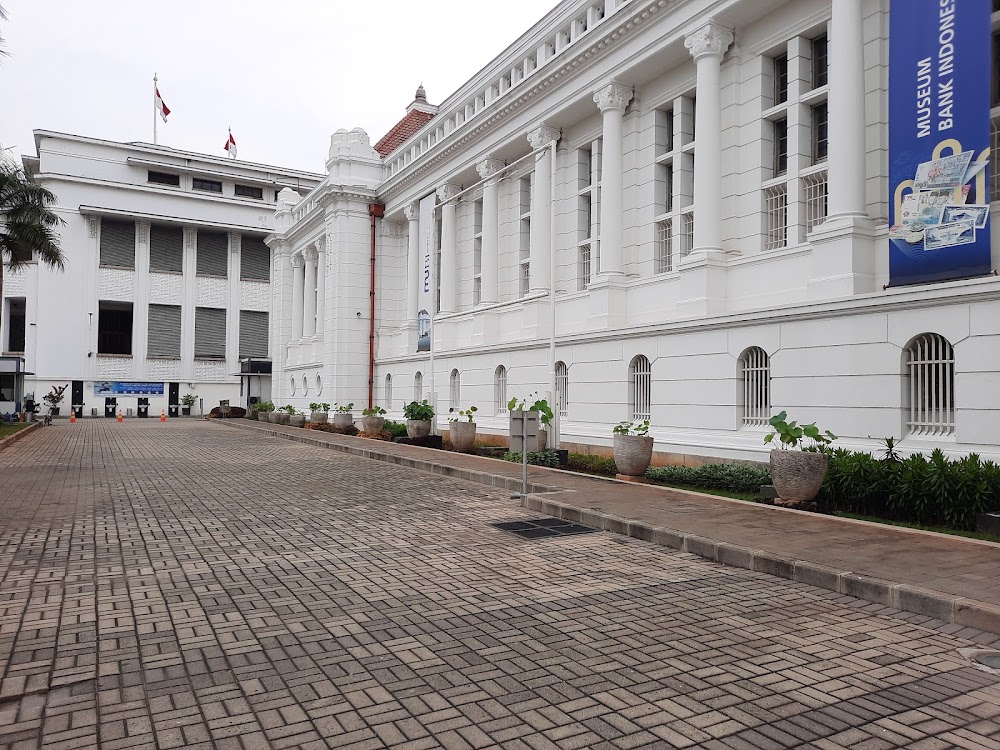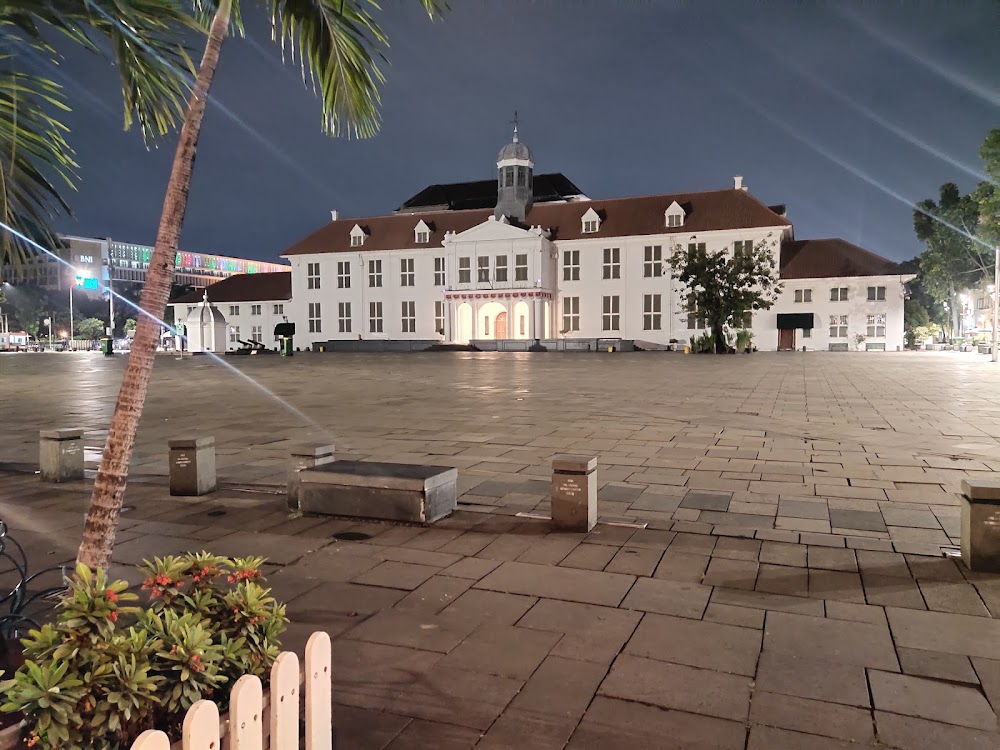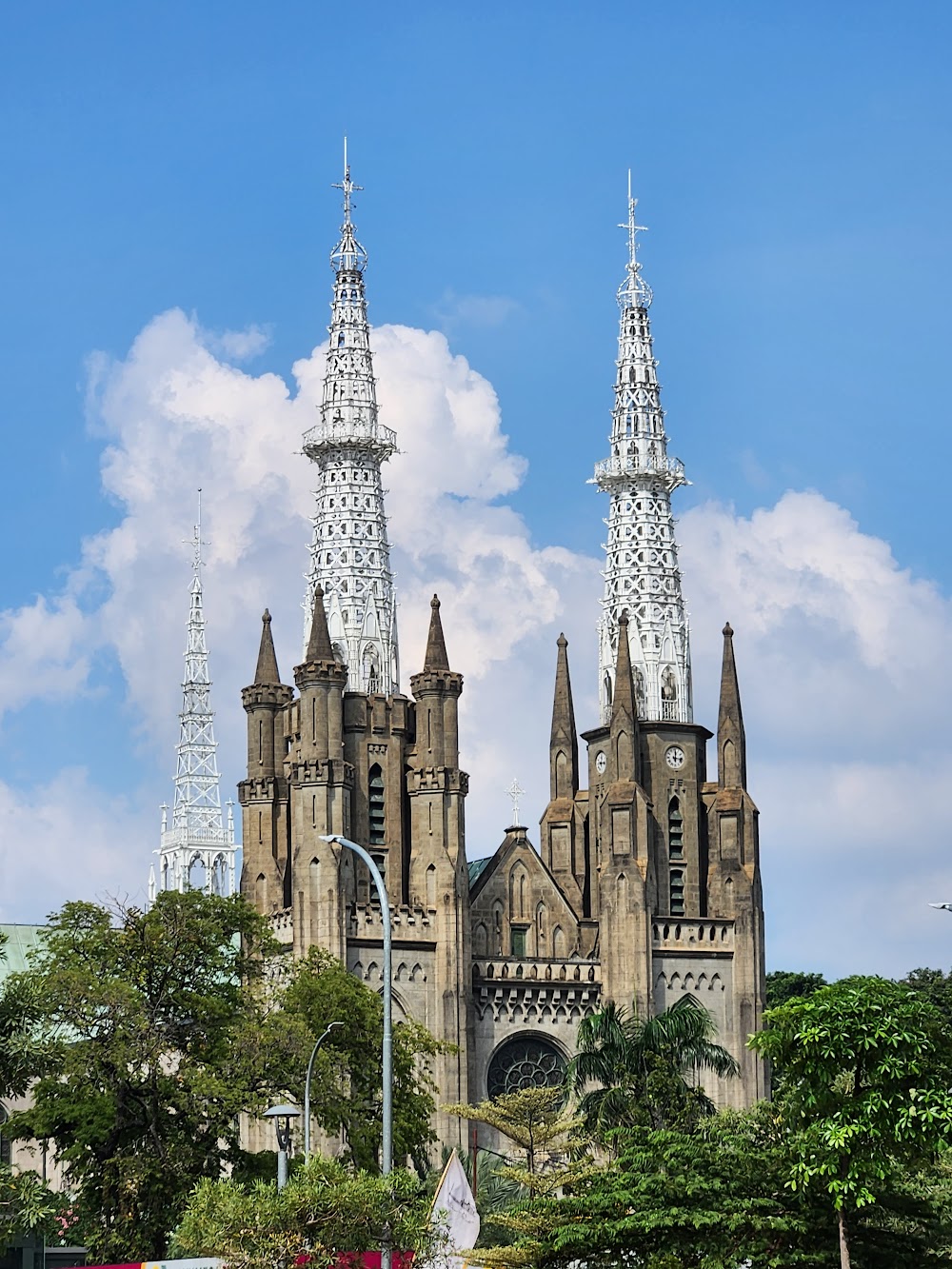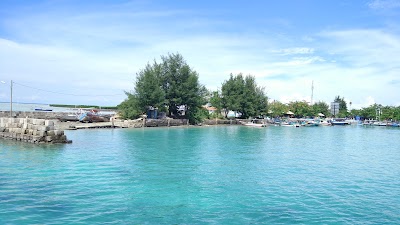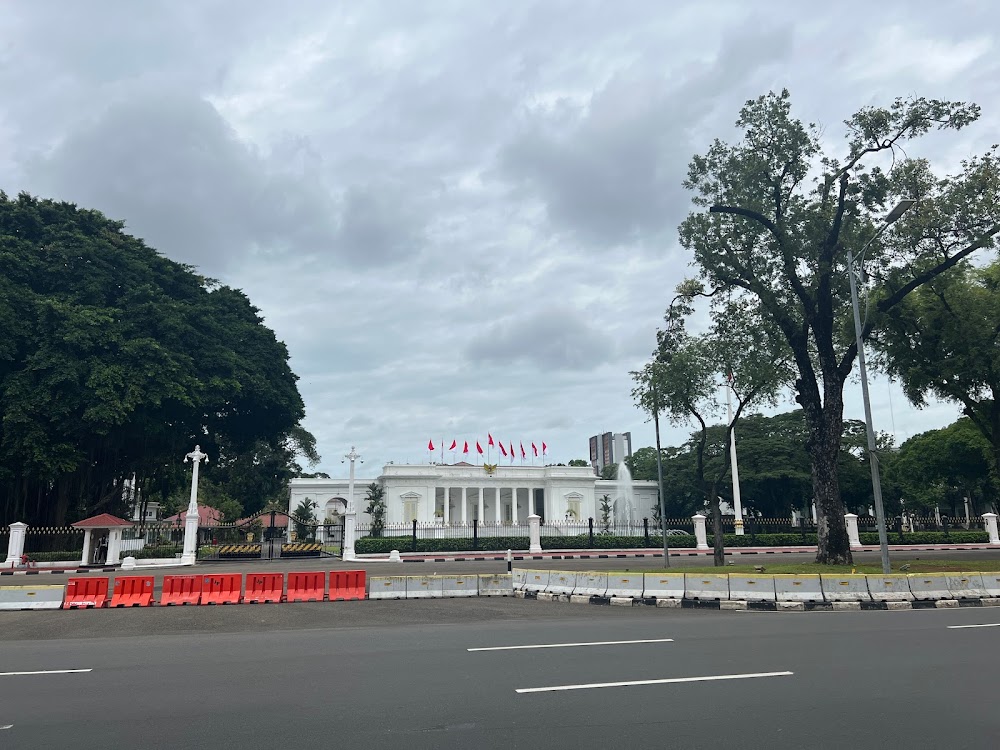Bank Indonesia Museum (Museum Bank Indonesia)
Overview
Museum Bank Indonesia, located in the vibrant heart of Jakarta, Indonesia, is where history and finance intersect in a captivating manner. The building, which dates back to the early 20th century, was originally constructed in 1828 as a hospital managed by the Dutch East India Company. Over the years, it has served various government purposes before finally becoming the central office of Bank Indonesia in 1953, the nation's central bank.
Architectural Marvel
The architecture of Museum Bank Indonesia is a striking blend of Dutch colonial style and neo-classical design, creating an imposing yet elegant façade. Upon your arrival, the large columns and arched windows command immediate attention, reflecting the building's historical significance. Following its transformation into a museum in 2009, these architectural features underwent meticulous restoration to preserve their original grandeur.
Captivating Interiors
Inside, the museum continues to impress with its high ceilings and expansive corridors. Each room has been thoughtfully curated to showcase different facets of Indonesia's economic history. The interactive displays range from ancient currency and trade artifacts to modern financial systems, making learning engaging for visitors of all ages. A standout feature is the exhibit of traditional Indonesian coins and banknotes, which highlights the nation’s rich monetary heritage.
The Restoration Journey
Transforming this historical building into a modern museum was no small task. The restoration required the expertise of skilled craftsmen specializing in heritage buildings, ensuring that while contemporary amenities were added, the original design and structure remained intact. Additionally, advanced climate control systems were installed to safeguard the artifacts from Jakarta's humid tropical climate.
Interactive Learning Experiences
The museum features a variety of multimedia presentations and interactive exhibits that enhance the visitor experience. Touch-screen panels simplify complex financial concepts, making them accessible even to young students. Audio guides in multiple languages ensure that international visitors can fully immerse themselves in the museum's offerings. These modern touches transform history into an engaging experience for all.
Exploring Indonesia’s Economic History
A key aspect of the museum is its collection of early financial documents and agreements that shaped Indonesia's economy. These artifacts provide insight into the country’s colonial past and the economic policies enacted by various regimes. Exhibits also delve into the crucial role of Bank Indonesia in stabilizing and advancing the economy during financial crises, offering a comprehensive understanding of the nation’s financial evolution.
Global Economic Interconnections
While the museum focuses on Indonesia, it also addresses global economic interactions. Exhibits exploring the Silk Road, the spice trade, and Jakarta's historical role as a trading hub help visitors appreciate the interconnectedness of the world’s economies. This broader perspective enriches the understanding of Indonesia's financial development within a global context.
Financial Education Initiatives
Financial education is integral to the museum's mission. It regularly hosts workshops and seminars that educate the public about personal finance and the central bank’s role. Schools in Jakarta frequently organize field trips to the museum, turning exhibits into hands-on learning experiences for students.
Visitor Amenities
To round out your visit, the museum features a delightful café and a souvenir shop. The café offers a cozy spot to relax with a coffee while reflecting on your newfound knowledge, while the souvenir shop presents unique mementos, such as replicas of old coins and literature on Indonesia's economic history.
In conclusion, Museum Bank Indonesia is a fascinating fusion of history, architecture, and education. From its beginnings as a Dutch colonial hospital to its current status as a modern museum, it stands as a testament to Jakarta's rich and diverse history. A visit here offers valuable insights into Indonesia’s economic evolution and its place in the global landscape. It’s an essential stop for anyone intrigued by history, finance, or architecture.


